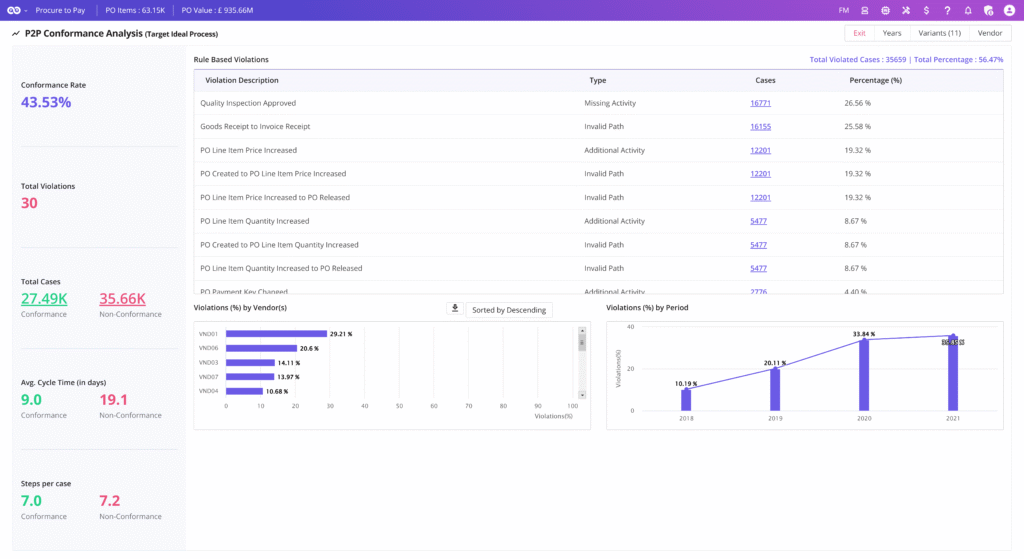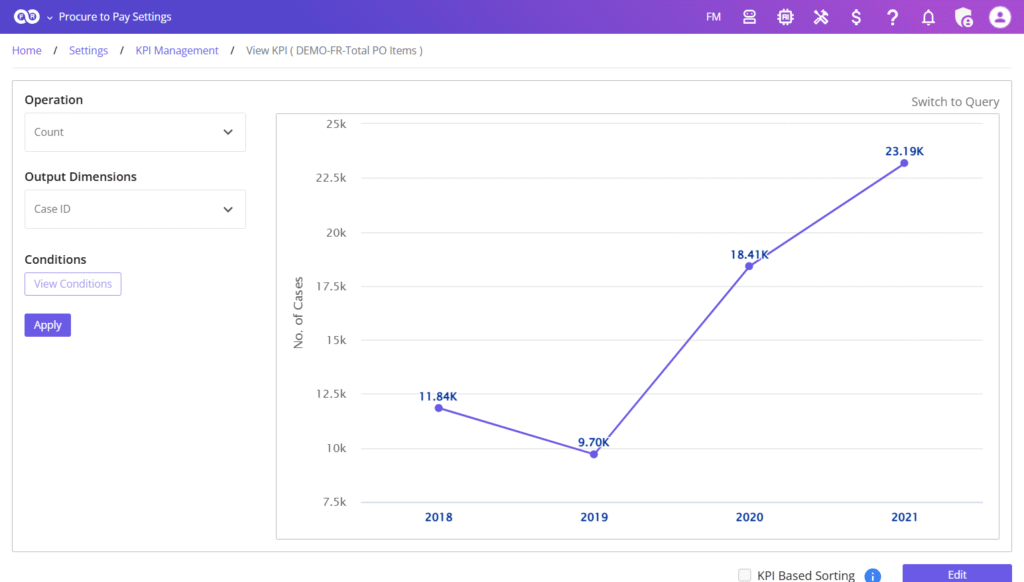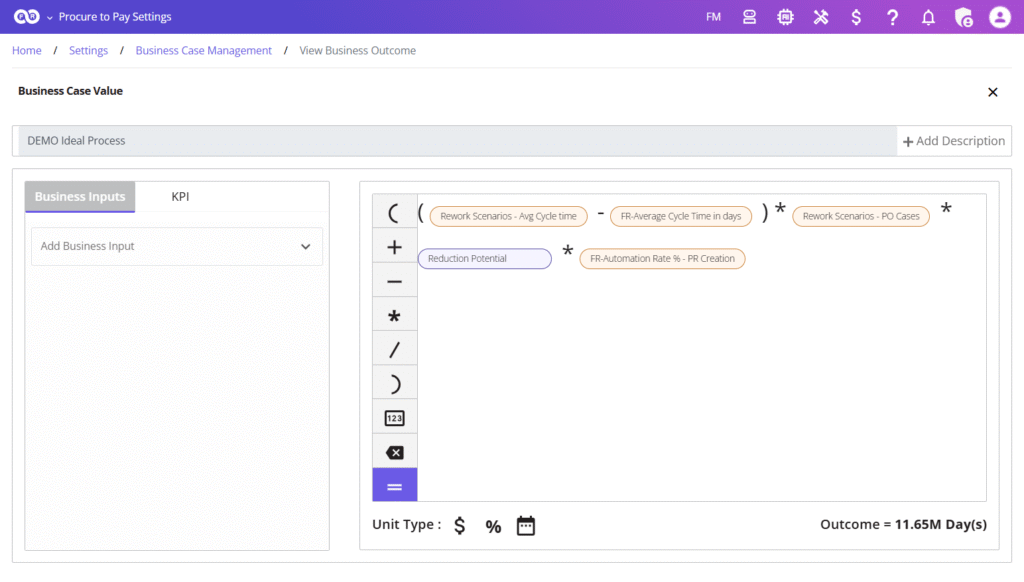Driving Fact-Based SAP S/4HANA Optimisation
About this Project
- Client: A top 10 global generics and specialty medicines producer, operating in more than 100 countries and supplying markets across the U.S., Europe, and emerging economies.
- Industry: Pharmaceuticals
- Focus Area: SAP S/4HANA Healthcheck Across Procure-to-Pay (P2P), Accounts Payable (AP), and Order-to-Cash (O2C)

The Challenge
A global pharmaceutical company, operating in 100+ countries had been running on SAP S/4HANA for four years. With a new CIO in place, leadership wanted to re-assess whether the company was truly maximizing its ERP investment.
The team needed facts, not opinions. The questions emerging were:
- Are core processes like P2P, AP and O2C, aligned with SAP best practices?
- Which features of SAP S/4HANA are sitting idle?
- Where are bottlenecks and risks slowing us down?
- And what’s the real ROI on the investment so far?
Traditional review methods like workshops and static audits couldn’t answer those questions with confidence. Our client required a fact-based, system-driven health check that could replace subjective debate with data-driven evidence.
Why FUTUROOT?
FUTUROOT applied process mining directly to the client’s SAP S/4HANA event logs, creating an end-to-end, transparent view of how processes ran — step by step, variant by variant.
This approach empowered our client to:
- Check real adoption against SAP Scope Items and industry standards. Not just “what should happen,” but “what actually happens.”
- Spot gaps & Drill into root causes– inefficiencies, unused features, and policy deviations – that erode value
- Build a business case with quantified impact. Benchmark performance against industry and SAP standards to measure true process health and quantify improvement opportunities in terms of time, cost, and control impact.
In short, FUTUROOT replaced assumption with evidence, eliminating debate and enabling decisive action.
Our Approach:
Using FUTUROOT’s advanced process Analytics Suite, we executed a structured SAP health check in four focus areas:
Conformance Checking
Lupin’s P2P, AP, and O2C processes were mapped against SAP Scope Items and BPMN “ideal” processes to provide a clear view of operations. The analysis revealed deviations like missing steps, redundant hand-offs, manual workarounds, and policy breaches. By establishing a defensible baseline of “what should happen versus what actually happens,” leadership could prioritize fixes and implement targeted, precise process improvements.

Root Cause Analysis
Exceptions and deviations were analysed across vendors, customers, plants, document types, approval chains, and posting behaviors. This uncovered specific causes of delays, rework, and inefficiency, including vendor combinations, master-data issues, and complex approval processes. The insights were then translated into actionable improvements, such as configuration changes, master-data cleanup, training, and governance enhancements.

KPI Management
KPIs reflecting best practice adoption—such as touchless transaction rates, cycle times, rework, and exception handling—were defined to measure performance. The analysis provided clear visibility into where best practices were followed and where inefficient or non-standard variants prevailed. This enabled quantification of gaps, setting of measurable targets, and continuous monitoring of improvements.

Business Case Management
Identified gaps and KPI deviations were translated into projected time, cost, and control benefits. This revealed tangible opportunities from underutilised features, tighter controls, and streamlined configurations. The insights enabled a prioritised optimisation roadmap with quantified ROI, supporting both technology and business objectives.

Business Outcomes Delivered
The SAP S/4HANA health check with FUTUROOT delivered clear, tangible business benefits:
Reduction in Projected ERP Migration Effort
This equated to an estimated £500K program cost saving.
Cross-System Process Mismatches Identified
Which were all able to then be resolved before blueprinting.
Finance and Procurement Workflows Mapped
As common across ERP systems, driving faster harmonisation.
Reduction in
Order-to-Case Deviations
The reduction was achieve through standardised workflow design.
“FUTUROOT gave us the transparency we needed to make a confident
ERP decision. Instead of opinions, we had the facts in front of us — fast.”
Client Leadership Feedback
